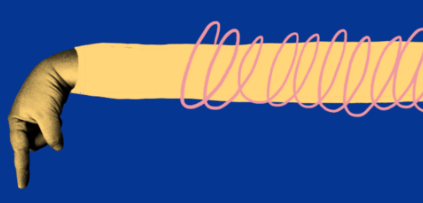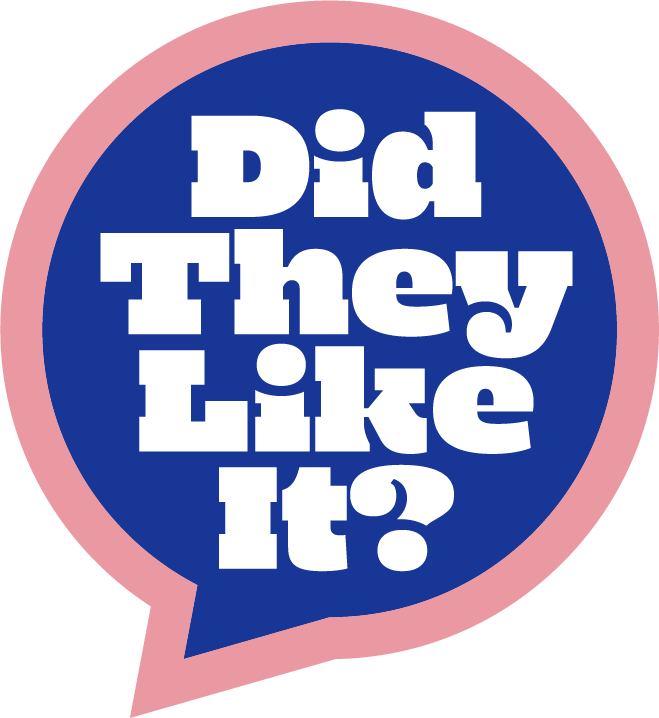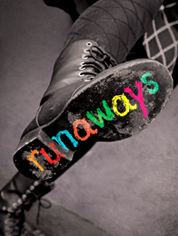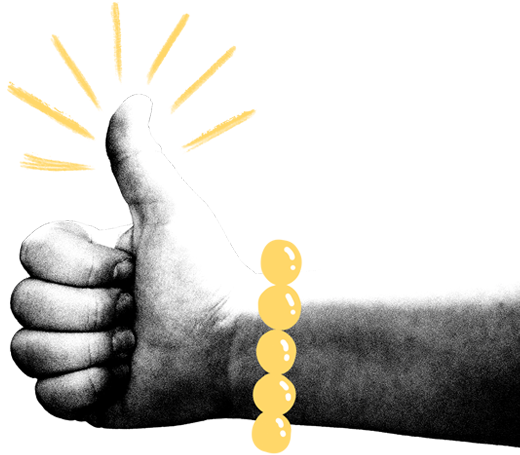

Runaways
Opening Night: July 6, 2016
Closing: July 9, 2016
Theater: New York City Center
In 1977, Elizabeth Swados spent several months observing and interviewing child runaways before shaping their stories, fears, and fantasies into a musical. A deeply unconventional work, Runaways feels like the funkiest, most heartbreaking mixtape ever to come out of a 1970s boom box, packed with reggae anthems, hip-hop, soul-food lullabies, and spoken-word poetry. Cast largely with students from throughout the five boroughs, the Encores! Off-Center production of Runaways will honor the crowning achievement of a theater visionary who was ferocious, inspiring, and left us far too soon.
BUY TICKETSREAD THE REVIEWS:
July 7, 2016
They’re tearing up the air at New York City Center, where a pulsing reincarnation of Elizabeth Swados’s “Runaways” is testifying to the atomic power of adolescent angst. This blast of undiluted teen spirit, which opened Wednesday night as the first offering in the Encores! Off-Center summer season, is guaranteed to leave you feeling windblown, hyped up and ready to race through the most torpid summer night. “Eeney meeney gipsaleeny,” sings the cast in the opening number, as kids of — and dressed in — many colors rush down the aisles at such speed that you don’t even see them until after they’ve passed. “Ooh aah coombaleeny/Ooh mamacha cucaracha.” The words don’t make a lot of sense. Yet they have the jagged clarity of broken glass. Rendered in English, Spanish, sign language and gobbledygook, the dialogue and lyrics of “Runaways” are the universal vernacular of people trapped in that most painful of limbos, the period between childhood and adulthood. You probably remember what that was like, though it’s more comfortable not to. The state inhabited by the title characters of “Runaways,” directed by Sam Pinkleton, is one of unbounded energy and a matching capacity to reach the outer limits of emotions. People feel irredeemably lost at that age to begin with; just imagine what it’s like if they’re also homeless. First presented at the cabaret at the Public Theater in 1978 before transferring to Broadway for a seven-month run, “Runaways” is a group portrait of homeless youth etched in 200-proof adrenaline. Ms. Swados, who died in January at 64, spent months researching the lives of homeless children and adolescents and wove their stories into a brightly mixed musical collage that spoke the languages of pop-rock, salsa and reggae, with rhythmic chants that summon both the nursery verse of generations past and the hip-hop of the future. When it opened, “Runaways” seemed to bear definite familial resemblances to other unorthodox hit musicals to have emerged from the Public. Like “A Chorus Line” (1975), which revealed the intimate back stories of auditioning Broadway dancers, it turned true confessions into song and dance. And in portraying a tribal urban culture that lived by its own counter-conventional rules, Ms. Swados’s story of life on the streets brought to mind the confrontational antics of the mid-1960s classic of hippiedom, “Hair.” (That musical’s trippy idealism by the way, comes in for some delicious dissing in “Runaways.”) Of those three shows, “Runways” would have seemed to be the least promising candidate for successful revival. I never saw it in its first version, but everything I read about it suggested that it was a caring, earnest piece of social work set to song and lodged immovably in its own time. What I hadn’t realized was how well Ms. Swados, who in 1978 was in her mid-20s, had captured the rampaging moodiness of what it means to be young and unmoored in a drifting culture. If you think about it, teenagers naturally have many of the essential elements of what it takes to be a musical star — electric energy, exposed nerve endings and a bottomless appetite for attention. Matthew Gumley, center, in “Runaways” at City Center. Credit Sara Krulwich/The New York Times Ms. Swados wasn’t the first theater artist to realize this. (Think back to Depression-era stage frolics like “Babes in Arms”). But she may have been the first to harness the anger in that particular energy without sentimentality or condescending cuteness. The title characters of “Runaways,” who include dope addicts, con artists and streetwalkers, may have seemed exotic on one level to the middle-aged parents in the audience. But the sense of bearing a grudge against the whole adult world, the fears of entering that world, the daily hyperkinetic emotional spirals — those elements would have been familiar to anyone with teenagers in the house. And so they remain. Mr. Pinkleton and the choreographer, Ani Taj, who both studied under Ms. Swados at New York University, let the young cast’s natural energy rip without descending into chaos. This is a formidable achievement when you consider the ensemble’s size (25) and age range (mostly between 12 and 19). While Mr. Pinkleton allows each cast member to emerge as an individual, he also knows that his performing team’s strength is in its union. Seen moving with the stealth and fleetness of subway rats amid a stage furnished with discarded couches and more portable detritus (Donyale Werle did the set, and the neon costumes are by Clint Ramos), the characters do not give us anything like the mini-autobiographies provided in “A Chorus Line.” You sense that many of the solos and soliloquies here could just as easily be performed by most of the other cast members. What “Runaways” is going for is a group mentality, a gathering of injured souls who merge into one vital, hungry, desperate voice. The specific forms these voices assume are eclectic, but they’re all pitched at a level of wounded rage that begs to be heard and despairs of that ever happening. There’s a reason that the show begins with a young woman (Ren) speaking in sign language (translated into speech by Siena Rafter). “I don’t speak their language, and they don’t speak mine,” she says of her parents. A boy (Sam Poon) delivers a class report on current events in which the grimmest of the day’s headlines bleed into synoptic accounts of a violent home life. One girl (Frenie Acoba) performs willfully botched surgery on a Troll doll, while another (Ripley Sobo) chillingly describes smashing her parent’s television screen to get their (brutal) attention. The songs, accompanied by a throbbing onstage band led by Chris Fenwick, find the natural dissonance in sweet melody and vice versa. Percussion is heavy, yet the keyboard is often music-box light. Voices, no matter how triumphantly loud and melismatic, always come with an ache. An addict’s lullaby is ragged and gentle, while a bouncy ode to felonious enterprise sends the cast swarming into the aisles, seemingly to dismantle City Center. Only some of the period references — and the lack of cellphones onstage — remind us that “Runaways” originated nearly 40 years ago. Otherwise, a world in which grown-up behavior seems inexplicable, alienating and anything but grown-up feels all too close to ours.
READ THE REVIEW


















